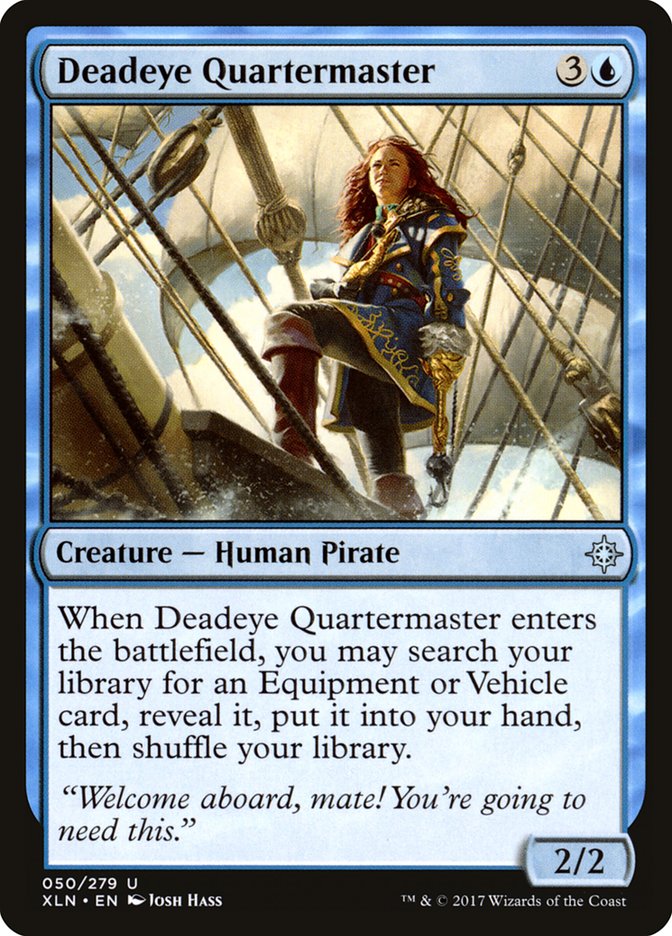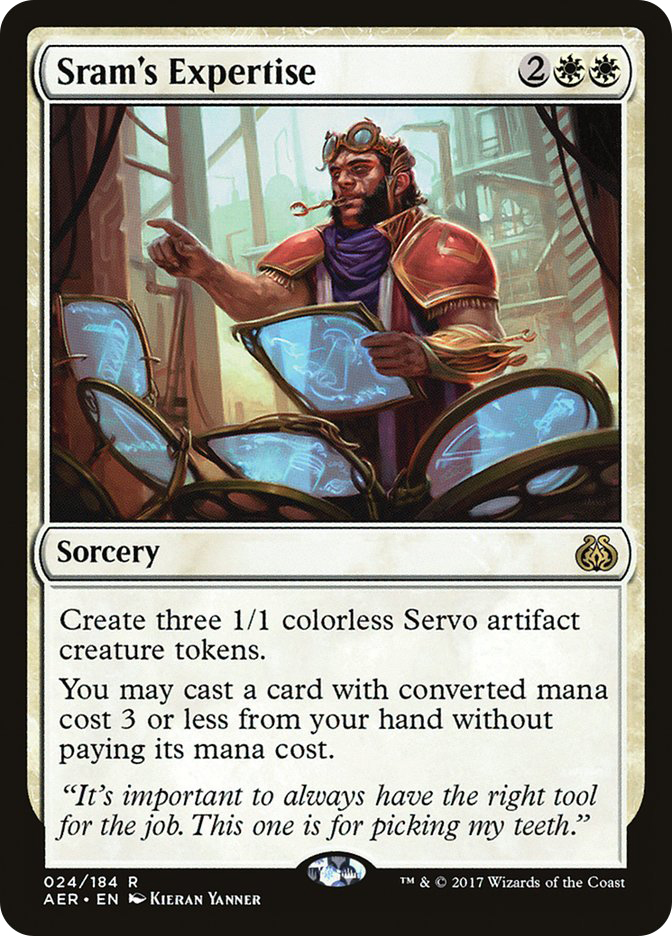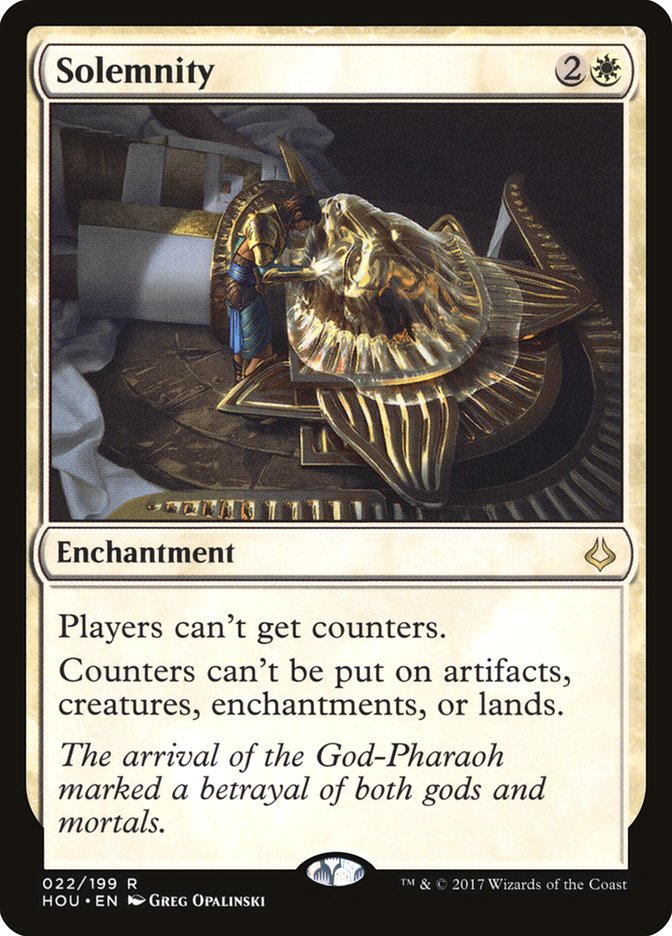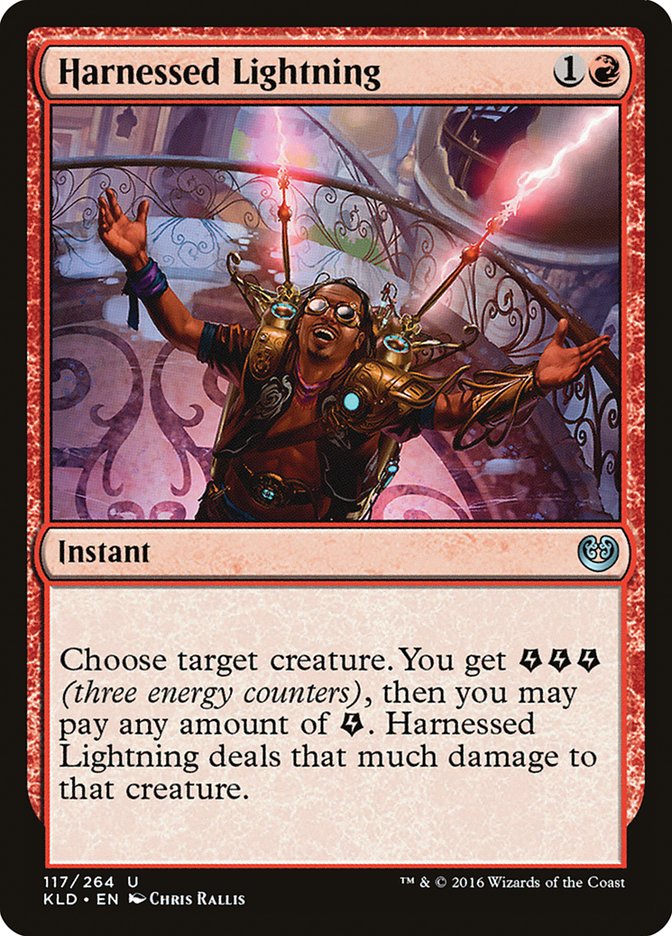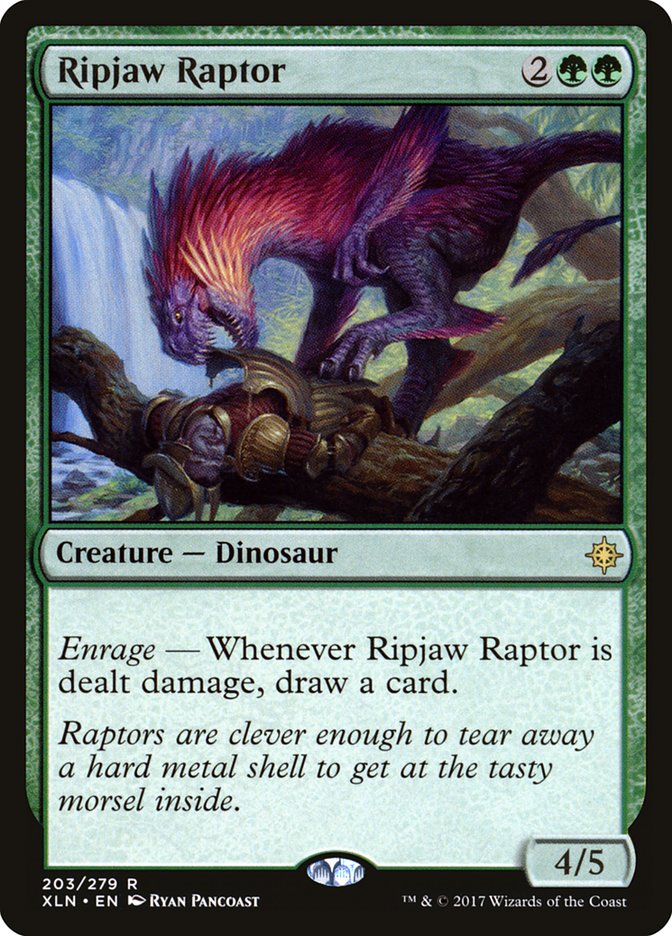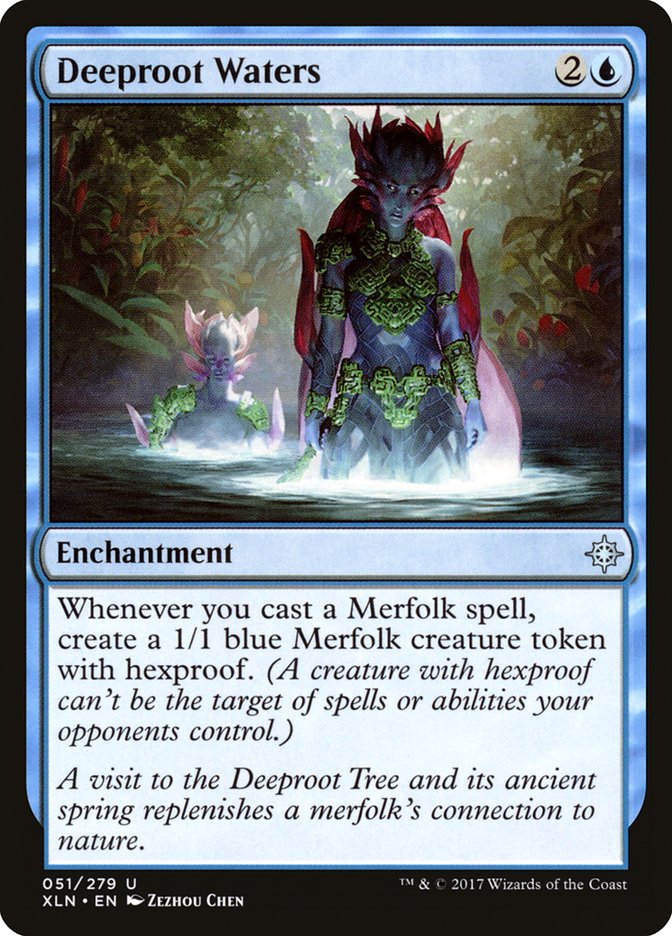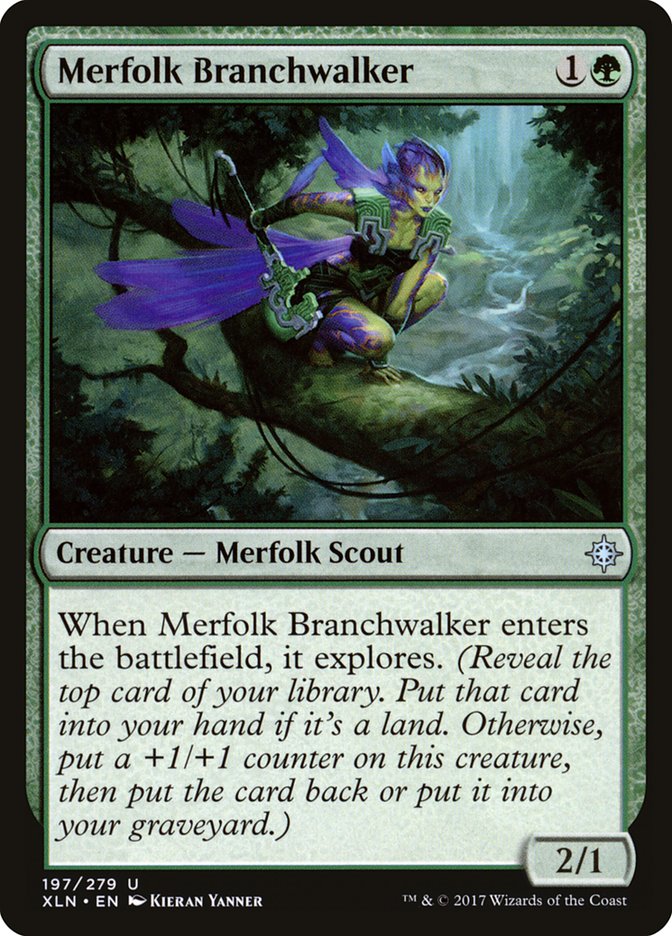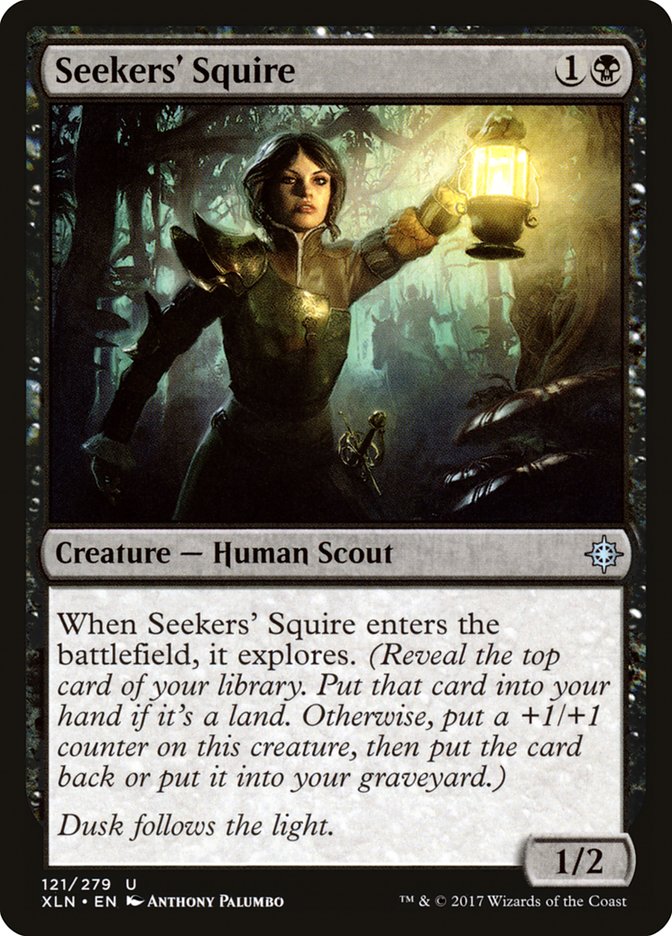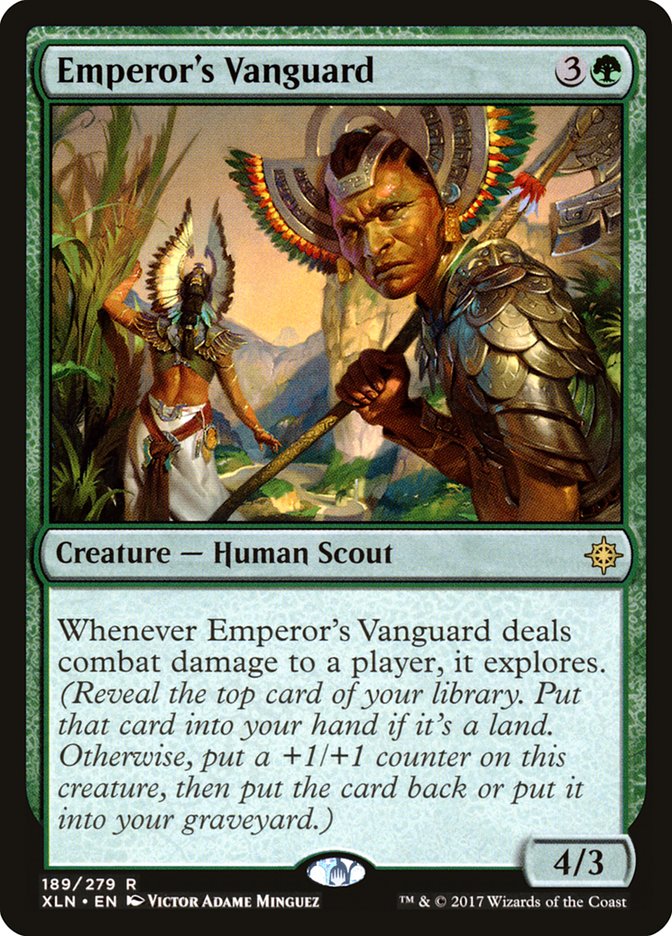About a month into the season with only a handful of major events under our belts, we are still learning what this Standard format is. Without a Pro Tour to show us what the pros think, people are still tentatively feeling out what we can do with the smallest card pool we’ve had in many, many years. As Pro Tour Ixalan approaches, we have learned a few things and await confirmation of some others that will inform our brewing for months to come.
Search for Azcanta Might Be Broken
When I read the card, I thought it only found instants and sorceries on the land side.
Nope. No indeed. Just noncreature, nonland. I am far from the first to say this, but the card might be broken and probably should have just said instants and sorceries.
While the top-tier thing to do is play Search for Azcanta in control shells, and some have even added it to the Esper Procession decks that are all the rage these days, we can also look at playing it in decks that have slightly different gameplans. Planeswalkers? Sure, why not. We don’t have the large variety of them that we had before rotation (of course), but there’s enough power in (for example) the Jeskai wedge to make a planeswalker tapout control deck viable. We might even get to play Dovin Baan in that deck!
Artifacts are also a possibility, and with the printing of Deadeye Quartermaster, we could finally explore that Peacewalker Colossus deck that’s been tempting me. I am pretty certain that that deck is a lot farther down the fun spectrum than the powerful one, but if we can find a reasonable balance between Vehicles and ways to crew them without going too high and making our Azcanta activations worse, then the deck might have legs.
I’ve also seen Search for Azcanta starting to pop up in Modern, specifically in the U/W Gideon Tribal Control lists. My friend Marcel Warr took down a 50-player Modern event with this list:
Creatures (4)
Planeswalkers (5)
Lands (25)
Spells (26)

Marcel added Search for Azcanta as a speculative test over a single Supreme Will and loved it all day. It does die to Abrupt Decay and/or Ghost Quarter, but you’re usually quite happy that the former didn’t hit your Gideon of the Trials and that the latter didn’t hit your Celestial Colonnade. The presence of Snapcaster Mage and Think Twice gives you some marginal value, and I could even see a case for a Sun Titan or two to ramp that recursion way up.
Although Search is a little slow, the decks in which it sees the most play are able to draw the game out to the point where it becomes an insurmountable card advantage engine. If you can mitigate the mana investment, the return is well worth it.
Growing Rites Is Going Wrong
Any time you make a better version of an iconic card, it is going to attract a great deal of attention. I get the distinct feeling that Growing Rites of Itlimoc originally transformed at three creatures, but was deemed too good and therefore got nerfed to four. If that’s the case, they succeeded in making the card bad.
The problems are many. Getting four creatures on the battlefield in this format is not really a challenge, especially with Anointed Procession seeing so much play and cards like Sram’s Expertise existing. The issue is getting to the end step with four creatures when everyone is loaded up on instant-speed removal. Even when you do transform it, it is often the turn before a sweeper turns it into a glorified Forest.
It is of course possible to rebuild your battlefield presence to turn on the real power of Itlimoc, Cradle of the Sun. But for what? With no huge Eldrazi at the top of the curve, we have limited reasons to ramp in Standard, with the best payoff likely being Walking Ballista. Even the Dinosaur deck is challenged to use large amounts of mana on multiple turns, with really only Thundering Spineback being a repeatable mana sink.
I have tried Naya and Bant variants using Sram’s Expertise to power out the Growing Rites, although to be fair I didn’t draw Growing Rites very often.
I tried a straight G/W build that made a lot of mana and sat there looking at it. The one thing I have found that would fix this is a repeatable way to filter that mana, which would make it far better and let us introduce more variety in our ramp top-end.
Energy Was a Mistake
Parasitic mechanics are so solidly hit-or-miss that it might be an idea to just stop making them entirely. Modern and Legacy for a long time were under the heel of Infect decks, and now energy is doing the same to Standard even after a rotation that brought a large number of very powerful cards into the format. In the first week or so of new Standard, it is not uncommon to see decks winning without any new cards, but we are a lot deeper than that and we are still seeing large amounts of success from Temur Energy decks that have basically not changed.
The issue here is that there is literally only one way to interact with energy, and that’s Solemnity. As we have yet to see any top-tier cards printed that interact well with Solemnity (Ammit Eternal being the closest), we run into a scenario where the card is only good against Temur and only if cast early enough that you aren’t just dead to what they already did.
What we really needed was a card that could drain away energy. Heck, there was even storyline justification for this with Gremlins, but it never happened. As it stands, we are left wondering how to beat a deck that plays as many as six cards that both attack you and kill a creature at the same time, a two-drop that can win the game solo, a Control Magic that can’t be disenchanted, and a creature that not only goes wide but does so in the air. Decks should not be able to go wide and tall without any real kind of drawback.
Dinos Are All Hype
I wish this were not the case. There are many good Dinosaurs with such interesting abilities, but they are just getting pushed out by the rest of the metagame. If you are playing green creatures, you might as well be playing the energy ones because a Bristling Hydra outclasses a Ripjaw Raptor with great ease. At least you get to draw a card on the way out…unless they just steal it. With the omnipresence of The Scarab God, we’re almost disincentivized to play large creatures in case they die and come back to haunt us.
I haven’t given up hope yet. Carnage Tyrant has seen some play, especially since people have dropped the preemptive Vizier of Many Faces from the sideboard of control decks. Regisaur Alpha is a lot of power from one card, and makes everything that comes after it way better. Ranging Raptors has proven to be an extremely effective ramp card that often discourages attacks on its own, and in tandem with Walking Ballista it can get you into big mana territory in a hurry. I might have ripped on Ripjaw Raptor above, but the card is still good and can refill your hand quite easily.
I have to imagine we will get more Dinosaurs in Rivals of Ixalan, and with any luck they throw a bone to those of us who are both Vorthos and Timmy. I didn’t realise how much I liked Dinosaurs until I had the chance to play with them, and now I really want to slam into people with scaly feathered monsters.
Merfolk Are Almost There
If you have ever cast River Heralds’ Boon in Limited, you know how ridiculous that card can be. A lot of pros have said that when you get the right uncommons, Merfolk is the best Draft deck in the format. I posted a Merfolk list in my Brew Blitz article, and although I still think that one is viable, I don’t think it’s the best way to build the archetype. “Less tempo, more beatdown” is the way I want to go, with the card draw of both Jace, Cunning Castaway and Nissa, Steward of Elements instead of all the bounce spells. Deeproot Waters is a fine sideboard option against decks that like to remove our creatures and/or counter them, but it is a bit too much of a do-nothing to have in the maindeck.
The problem with the deck right now is that it requires a lot to go right in order to really go big. Herald of Secret Streams can end games, and the interaction between Deeproot Waters and Metallic Mimic is a very powerful one, but they all need to be around together to get there. Some number of Negate and Spell Pierce can protect you, but that in turn reduces your explosiveness. Tishana, Voice of Thunder is far too slow to be of any use in this deck, even if we cheat it onto the battlefield with something like Reason. Maybe this is the deck for Growing Rites of Itlimoc, along with Shapers of Nature to give us that mana dump.
Explore Is Underplayed
My opinion on this mechanic has fluctuated a great deal, especially in Limited. On the one hand it feels like it’s Variance: The Mechanic in that you often won’t get the outcome you want. Generally that results in a creature that is slightly underpowered and a drawn land, but sometimes it leaves you hurting for a third or fourth land on a risky keep.
All of that can be mitigated by smarter decisions when mulliganing and deckbuilding, and by realizing that every card you see with an explore trigger gives you the chance to improve your next draw. One big difference I see between pro play and non-pro play is the willingness to throw away powerful but expensive cards early in the game to make sure they get to the late-game. Analyzing what is needed right now and what can wait a few turns is a skill we could all stand to develop.
Two of the best cards with the mechanic are, unsurprisingly, two-drops. Merfolk Branchwalker really impressed me in testing, especially in combination with Nissa, Steward of Elements and Reason. We get to set up the trigger and our next few draws while also adding a decent early threat to the battlefield for little cost. Putting Reason in the graveyard is also not the worst, giving us the option to cast the more powerful half with ease.
Seekers’ Squire is also pretty impressive for different reasons. Early defense that can draw you a land or put a big reanimation target in the graveyard? I’m in. You definitely want the 2/3 more often than not, but it will serve as a speed bump either way, and we won’t complain about drawing a land in decks that are looking to get to large creatures in a hurry. It’s also not a terrible thing to reanimate with The Scarab God, but that phrase applies to most creatures in the format.
Emperor’s Vanguard and Deadeye Tracker are the two cards that I’m not quite sure about just yet. I would much prefer the Vanguard as a 3/2 for 2G, but we have what we have. Of course we want our creature that triggers from combat damage to be playable earlier. That’s just obvious.
Instead we should focus on whether or not it is viable or worth the effort to clear a path for it to connect multiple times. If that turns out to be the case, it will be in an R/B-base midrange deck splashing green…like Jund. In fact, Deadeye Tracker likely does work in such a deck too, giving it a solid answer to The Scarab God while also being a one-drop with a powerful impact. With the planeswalkers and removal plus the hand disruption we can bring to bear in that combination, we should have the time to activate Deadeye Tracker multiple times and clear a path for the Vanguard.
To the Continued Evolution
Despite learning these things, we are in the midst of an evolving format that hopefully still has some twists and turns before it settles. I can only imagine where some of the card themes above can be taken with dedicated tuning and testing, and once that evolution happens, there will be a whole new environment in which to brew. I truly do love this game.
That’s all we have for this week, folks. As always, thanks for stopping by the LAB, and until next time…Brew On!



